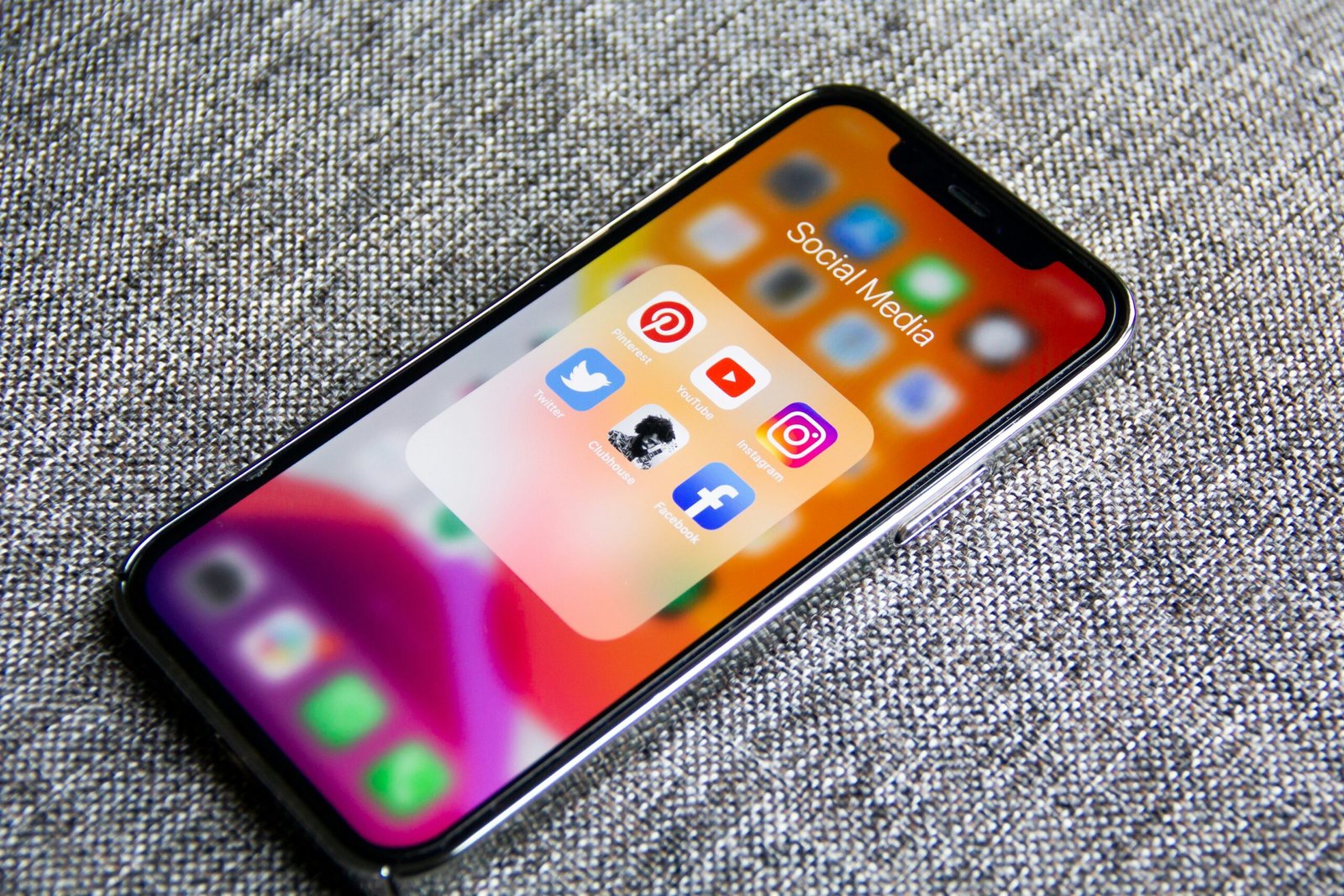Media Representation and Sexual Liberation: Exploring Diverse Portrayals of Sexuality
Sexual liberation has been a topic of great importance and discussion in recent years. As societal norms continue to evolve, media has played a significant role in shaping and reflecting these changes. In this blog post, we will analyze the representation of sexuality in various forms of media, including film, television, literature, and music. We will delve into the positive and negative aspects of these portrayals and how they contribute to broader discussions on sexual liberation and identity.
The Power of Media in Shaping Perceptions
Media, in its various forms, has a powerful influence on society. It has the ability to shape perceptions, challenge stereotypes, and open up conversations about topics that were once considered taboo. When it comes to sexuality, media has the potential to break down barriers and contribute to the process of sexual liberation.
One positive aspect of media representation is the increased visibility of diverse sexual experiences and identities. In recent years, we have seen a rise in the portrayal of LGBTQ+ characters and storylines in mainstream media. This increased representation has allowed individuals from these communities to see themselves reflected on screen and has helped to normalize diverse sexual orientations and gender identities.
Moreover, media has the power to challenge traditional gender roles and expectations surrounding sexuality. By depicting strong and empowered female characters who embrace their sexuality, media can help break down the societal double standards that have long existed. These portrayals can inspire women to embrace their own desires and assert their sexual agency.
The Dark Side of Media Representation
While media has the potential to be a force for positive change, it is not without its flaws. One negative aspect of media representation is the perpetuation of harmful stereotypes and unrealistic expectations. In many instances, media portrays sexuality in a way that is overly glamorized, objectifying, or unrealistic. This can create unrealistic standards for individuals and contribute to feelings of inadequacy or shame.
Furthermore, media often fails to accurately represent the full spectrum of sexual experiences and identities. Bisexuality, asexuality, and other non-binary identities are often overlooked or misrepresented. This lack of representation can lead to feelings of isolation and invisibility for individuals who identify outside of the traditional heterosexual or homosexual binaries.
Contributing to Broader Discussions on Sexual Liberation
Despite its flaws, media representation plays a crucial role in broader discussions on sexual liberation and identity. By showcasing diverse sexual experiences and identities, media can challenge societal norms and promote acceptance and understanding. It can help individuals explore and embrace their own sexuality, free from shame or judgment.
Moreover, media representation can spark important conversations about consent, healthy relationships, and the importance of sexual education. By depicting these topics in a responsible and nuanced manner, media has the potential to educate and empower individuals to make informed choices about their own bodies and sexual experiences.
In conclusion, media representation of sexuality in film, television, literature, and music has both positive and negative aspects. While it has the power to challenge stereotypes and promote acceptance, it can also perpetuate harmful stereotypes and unrealistic expectations. However, it is important to recognize that media plays a crucial role in broader discussions on sexual liberation and identity. By providing visibility and promoting understanding, media can contribute to a more inclusive and liberated society.

